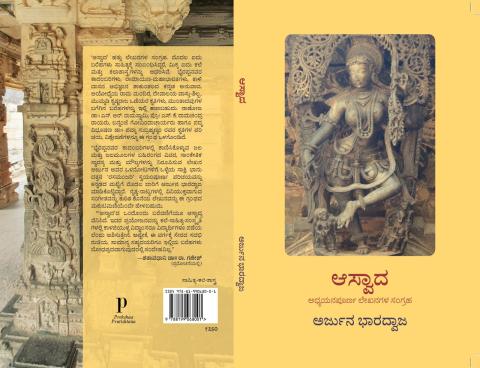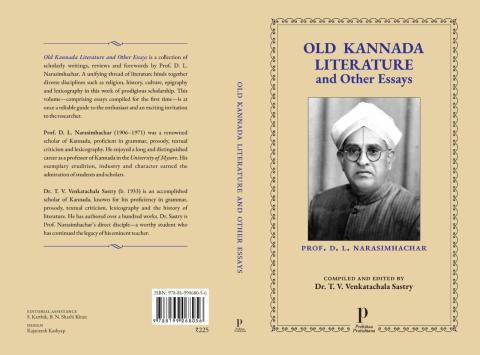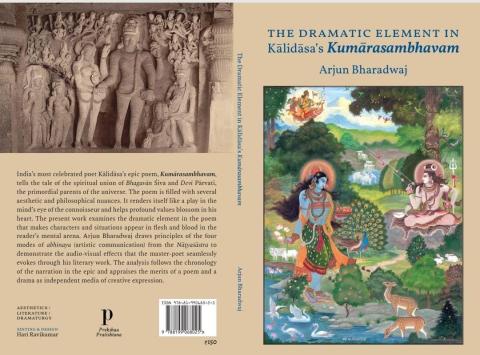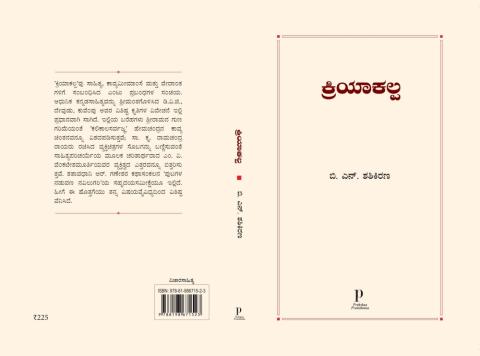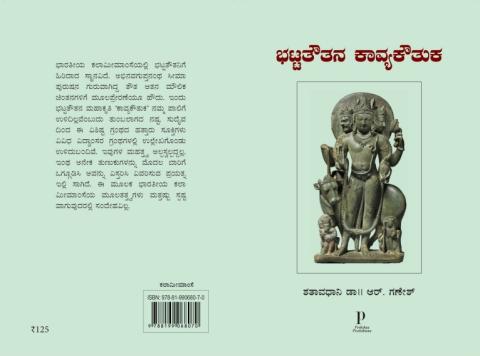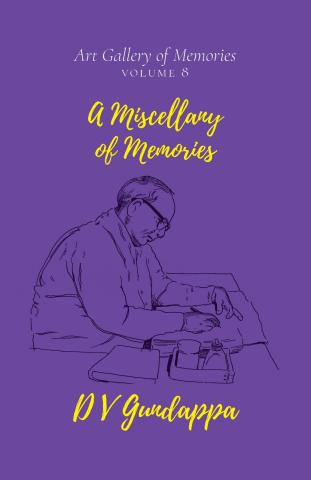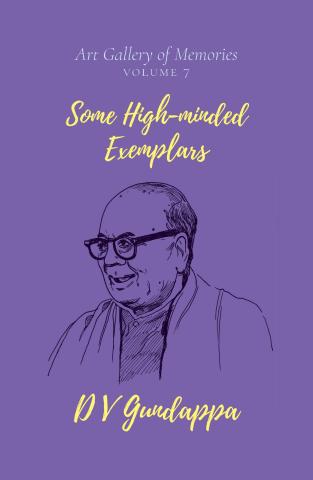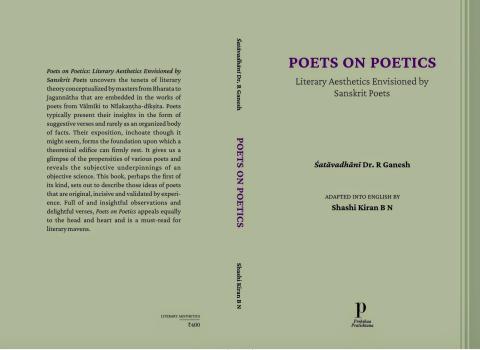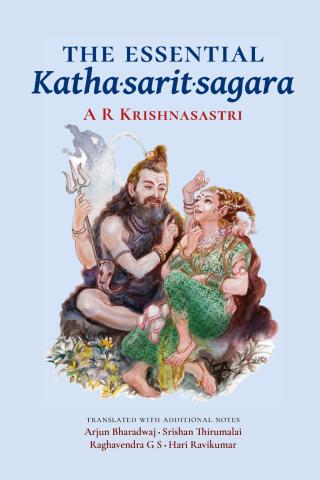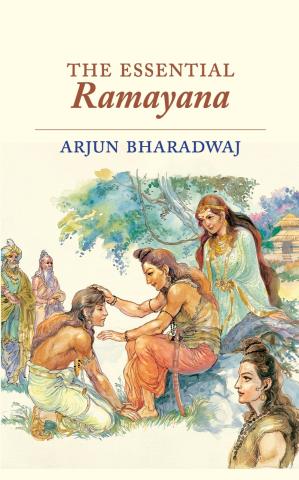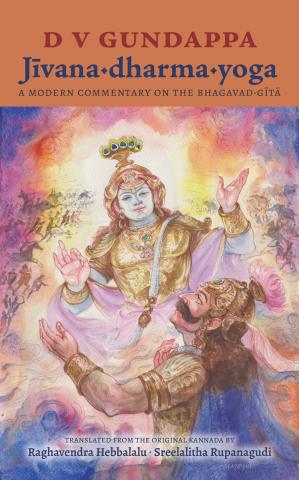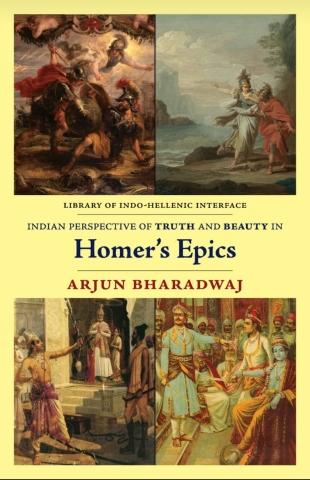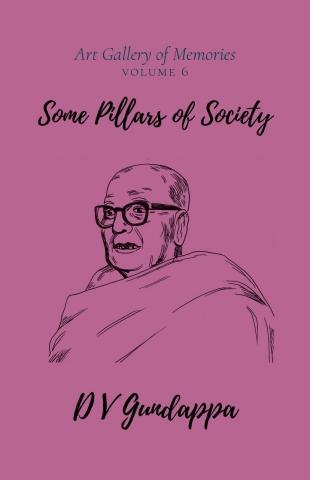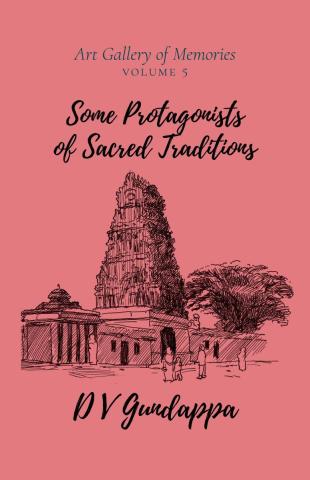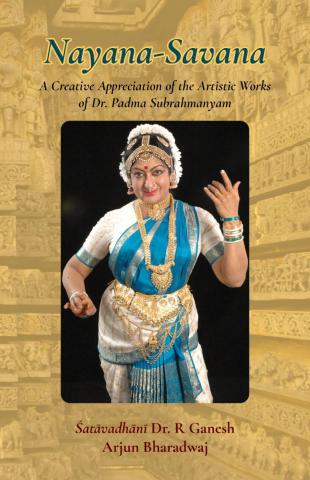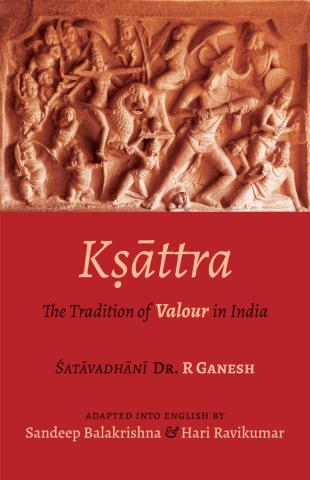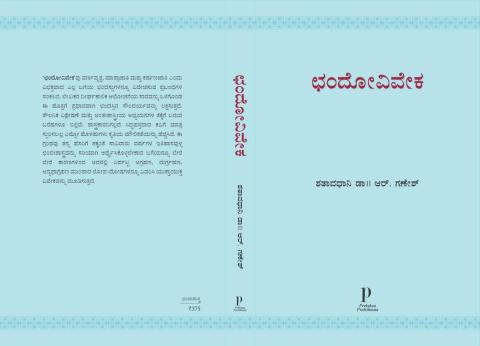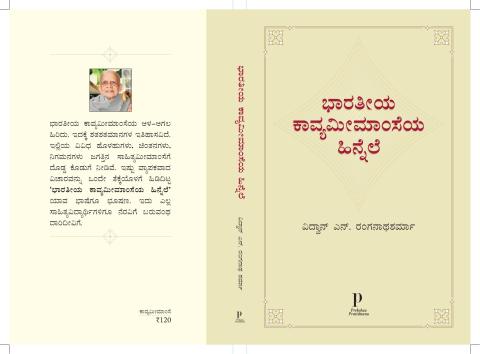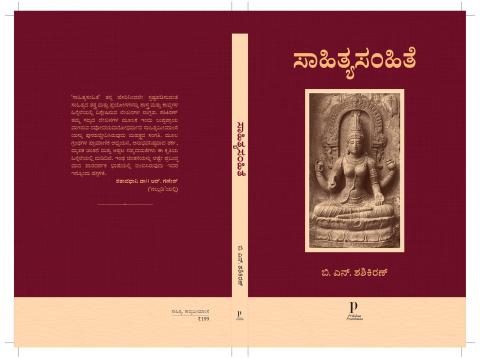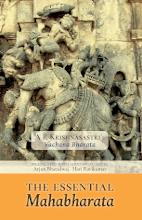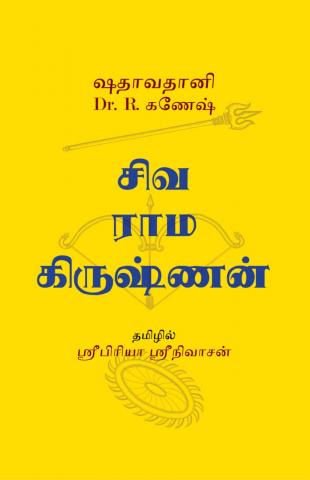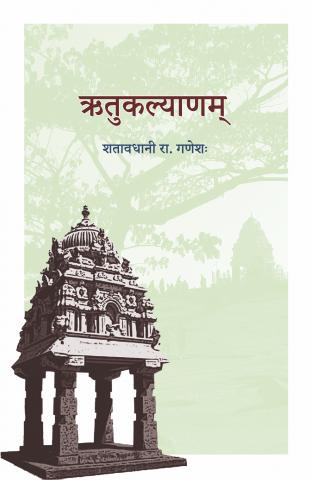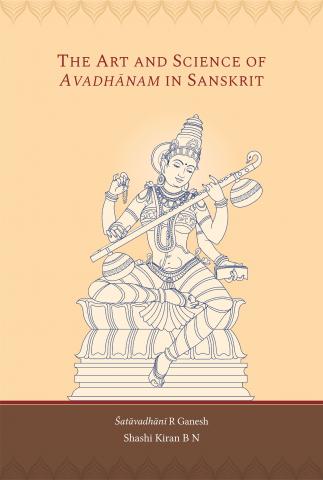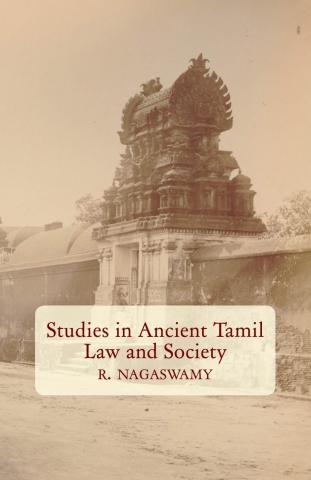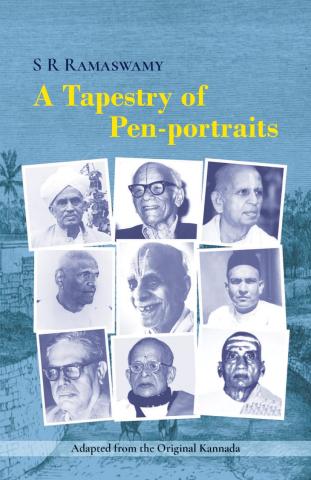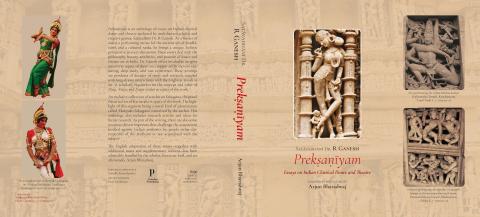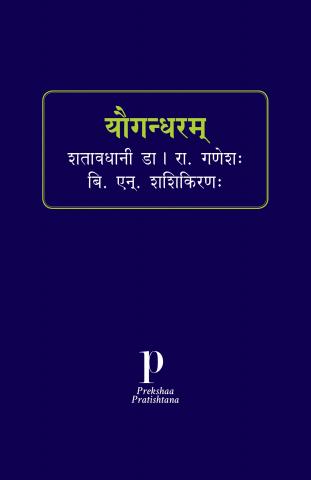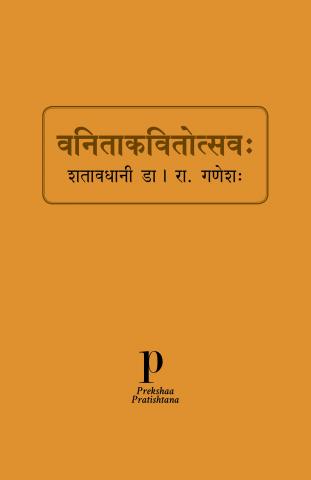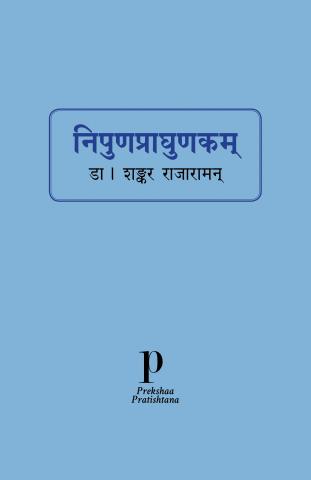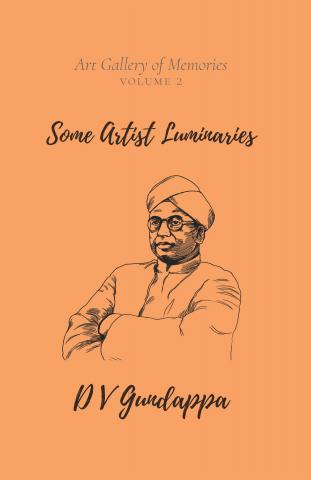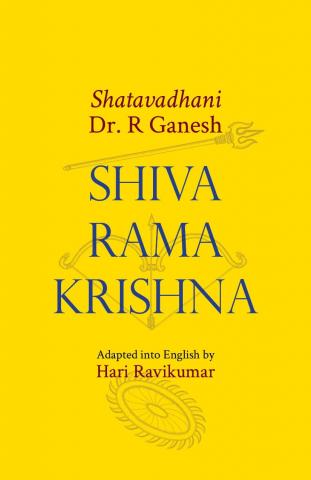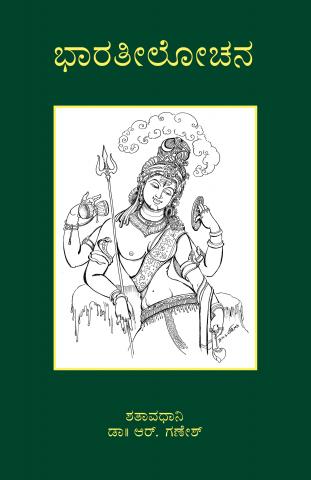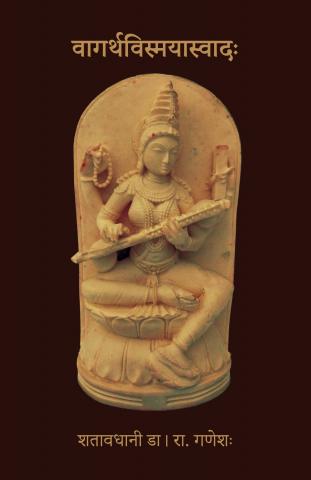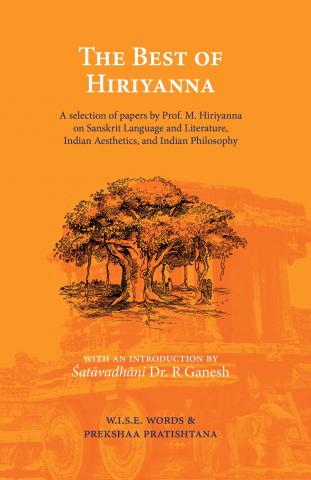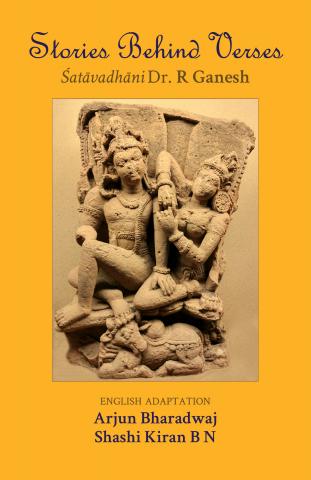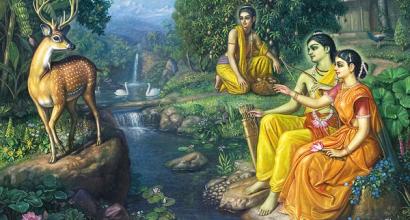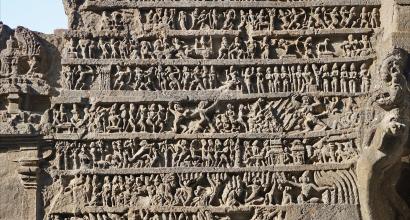The play Mālatīmādhava belongs to the genre of prakaraṇa; the theme and plot of a prakaraṇa is kalpita, i.e., freshly created by the poet-playwright. Thus, the storyline of the current play under discussion must also have been created by the poet. Nevertheless, we can see from the play that the poet has used quite a number of well-established and ‘stock’ ideas and images in its construction. It is likely that the seed of this story is from the Bṛhat-kathā[1]; some scholars think that the story of Mādhava going to the city of Padmāvatī is, in reality, Bhavabhūti’s autobiographical tale; yet others think that the wedding of Mālatī and Mādhava is from the historical chronicles[2] of the Vākāṭaka dynasty. There are many stories in which a bauddha-saṃnyāsinī assists a man and woman in love. We have already seen the tales connected with Sāṅkṛtyāyanī and Kauśikī; in the story of Devasmitā, an aged saṃnyāsinī by name Yoga-karaṇḍikā plays an important role.[3] Similarly, we come across stories where kāpālikas offer women as sacrifice, and young men win over bhūtas and pretas by pleasing them with human flesh.[4] Nevertheless, we should appreciate Bhavabhūti for bringing together these elements and giving them the form of a grand play.
The marriage of Mālatī and Mādhava is the main theme of the play, and it is evidently rooted in śṛṅgāra. The wedding of Madayantikā and Makaranda is a subsidiary tale within the bigger plot. The wedding of Makaranda and Nandana brings in humour to some extent. The episode that captures the valorous deeds of Mādhava and Makaranda, especially those connected with kāpālika and vyāghra (tiger) adds karuṇa-, adbhuta-, bībhatsa-, bhayānaka-, and raudra-rasas to the play. With these, the poet has successfully designed a play filled with various rasas emerging from a variety of episodes.
The poet has woven a few strands of the story together—Nandana desires Mālatī; his sister is rescued by Mādhava’s friend, who also falls in love with her; Makaranda, in the disguise of Mālatī, marries Nandana. However, we must admit that the entry of the vyāghra and especially the participation of kāpālika do not gel very well with the story. The poet appears to have forcefully fit these episodes to bring variety to the play and to make his hero suffer pangs of romantic separation. Similarly, the events leading to Mādhava and Saudāminī rescuing Mālatī also take place by chance and thus bring down the quality of the plot.[5]
Though the story appears to be quite long and layered, it has limited characterisation. All the events are strung together by Kāmandakī; she acts as the common thread. The major players include her, her students, friends, and their children; she plays an important role throughout the play. She can seek entry at all places and can have her influence on events. The king and the ministers are no match for her; they are only mentioned in the play.
The poet narrates the qualities of Mālatīmādhava as follows –
भूम्ना रसानां गहनाः प्रयोगाः सौहार्दहृद्यानि विचेष्टितानि।
औद्धत्यमायोजितकामसूत्रं चित्रा कथा वाचि विदग्धता च॥ (prastāvanā)
Profound execution with variegated rasas, heart-touching because of affection, boldness in portrayal of love, enrapturing stories, and dexterity in speech.
Bhavabhūti is a scholarly poet; he was well-versed in śāstras and kāvyas; he had great skill in the usage of Sanskrit language; he possessed the calibre of expressing even the most subtle thoughts through the right use of language; he is always clear in his expression; his language is majestic, dignified, ennobling, and colourful.[6] He has employed all kinds of figures of sound and sense in his works. To sum it up in his own words, he is a vaśya-vāk [7]– “master of speech/ language.” At times, however, his scholarship becomes too heavy for a play. His sentences are too long, pedantic and convoluted; he also uses less-known words with non-popular meanings.[8] Such usages may be permissible and may also add beauty to a poem, a śravya-kāvya. However, in a play, which is a dṛśya-kāvya, such usages come in the way of quick comprehension of meaning; even the learned may find it hard to understand in one go. Such convoluted and pedantic language is not welcome in spoken languages like the prākṛts.[9] It is quite possible that Bhavabhūti’s usages are because of the influence Bāṇa-bhaṭṭa’s language has borne on him. Back in those times, Bāṇa-bhaṭṭa was considered the emperor of poetry. Moreover, Daṇḍi’s view that ojas is the heart of gadya was popular. However, such extreme usage of language is found to a large extent in the Mahāvīracarita and to a much lesser extent in Mālatīmādhava; we may even admit that Bhavabhūti’s language in Uttara-rāma-carita is rather lucid.
To be continued ...
The current series of articles is an enlarged adaption of Prof. A. R. Krishnasastri's Kannada treatise Saṃskṛta-nāṭaka. They are presented along with additional information and footnotes by Arjun Bharadwaj.
[1] Keith, 192-93; Belvalkar, preface to Uttara-rāma-carita, page 68
[2] Belvalkar, ibid, pages 62-67; JRAS, April 1914, page 325
[3] Kathā-sarit-sāgarai, taraṅga 13
[4] Kathā-sarit-sāgarai, taraṅga 25
[5] Many other aspects also appear implausible. Makaranda, who is disguised as Mālatī, gets married to Nandana in Bhūrivasu’s house. The actual bride’s parents do not spot the imposter. It is also likely that Kāmandakī had informed them of this act.
[6] Prastāvanā of Mālatīmādhava
[7] Mahāvīracarita prastāvanā; Uttara-rāma-carita prastāvanā; bharata-vākya
[8] For instance, the words saṃstyāya, śevadhi, and anuplava – he has used them in the sense of a house, a teasture, and assistance, respectively.
[9] Mālatīmādhava, aṅka 3 – Lavaṅgikā’s speech and the words spoken behind the scenes (nepathya-vacana); aṅka 8 – Kalahaṃsaka’s words




